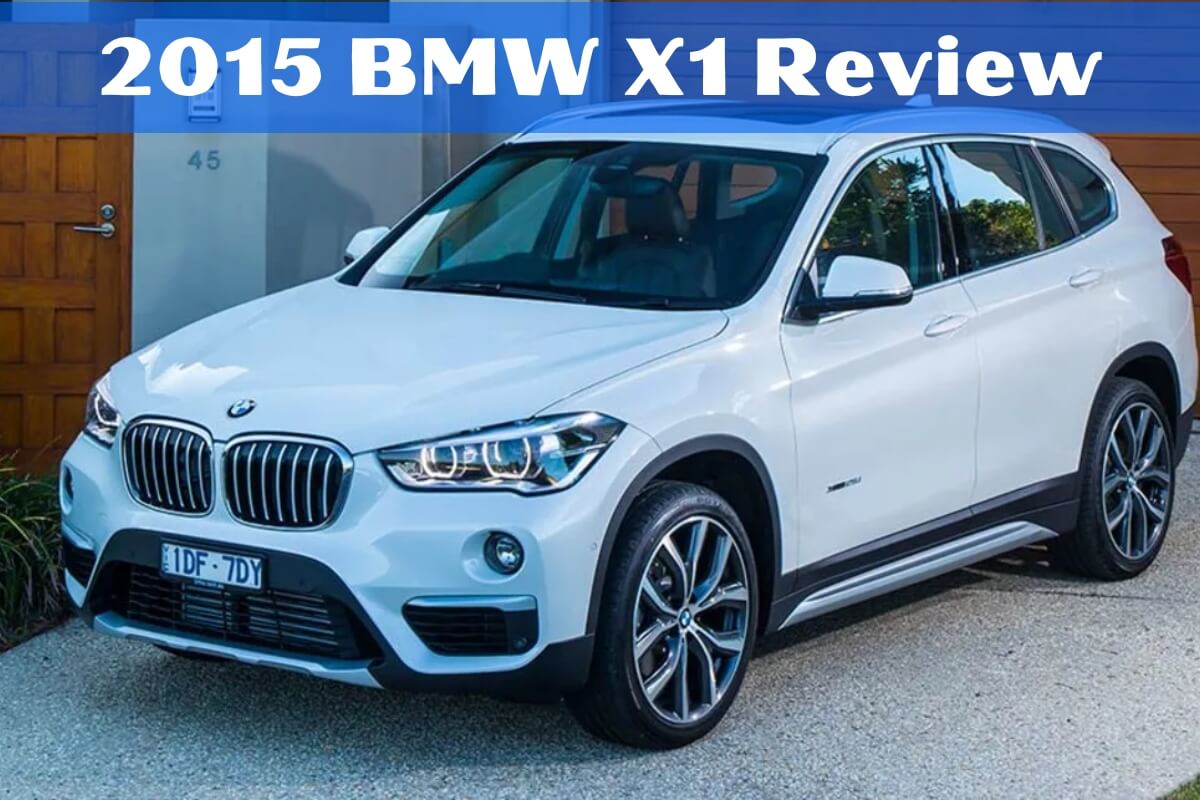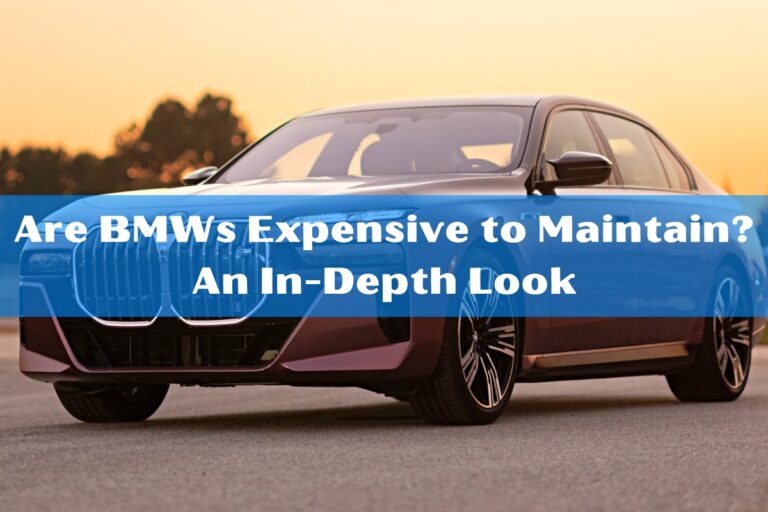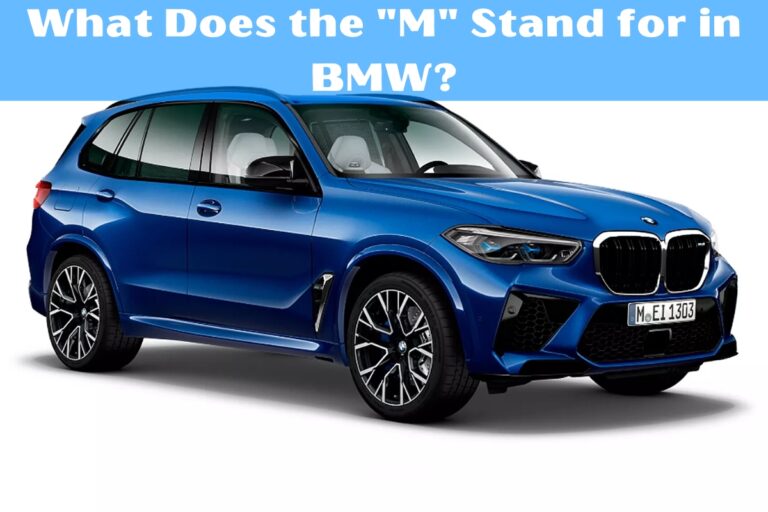2015 BMW X1 Review: Luxury SUV with Sporty Appeal

In the competitive world of luxury vehicles, finding the perfect balance between performance and practicality can be a daunting task. However, the 2015 BMW X1 stands out as a compelling option that seamlessly blends the driving dynamics of a sports sedan with the versatility of a small SUV. But just how well does this luxury subcompact SUV deliver on its promises?
The 2015 BMW X1 excels as a premium yet agile crossover, offering engaging driving dynamics, decent cargo space, and relatively affordable pricing for its class.
This in-depth review will delve into the key aspects that make the 2015 X1 a compelling choice, including its sporty performance, interior quality and space, fuel efficiency, safety ratings, and overall ownership costs. We’ll also compare it to rivals like the Audi Q3 and Mercedes-Benz GLA-Class to help you determine if this used BMW is the right fit for your needs.
What’s New for the 2015 BMW X1?
The 2015 model year marked the end of the second generation of the BMW X1, which debuted for 2016. As such, there were no major changes from the previous year. This generation saw a significant redesign from the quirky original X1, transforming it into a more conventional and practical subcompact luxury SUV.
2015 BMW X1 Performance and Fuel Economy
One of the standout features of the 2015 BMW X1 is its impressive performance capabilities, especially for a vehicle in the subcompact luxury SUV segment.
Engine Options and Acceleration
The 2015 X1 offered two engine choices:
- sDrive28i and xDrive28i trims: A turbocharged 2.0-liter four-cylinder engine producing 240 horsepower and 260 lb-ft of torque.
- xDrive35i trim: A more potent turbocharged 3.0-liter inline-six engine delivering 300 horsepower and 300 lb-ft of torque.
Both engines were paired with an eight-speed automatic transmission, with the sDrive28i coming standard with rear-wheel drive and the xDrive28i and xDrive35i equipped with BMW’s xDrive all-wheel-drive system.
The xDrive35i’s turbocharged six-cylinder engine provided exhilarating performance, with a 0-60 mph time of just 5.4 seconds, according to Edmunds’ testing. This acceleration is impressive for a subcompact luxury SUV, making the X1 xDrive35i a true pocket rocket.
Fuel Economy Ratings
Despite its power, the 2015 BMW X1 still managed to deliver respectable fuel economy ratings:
- sDrive28i: Up to 23 mpg city and 34 mpg highway
- xDrive28i: Up to 22 mpg city and 32 mpg highway
- xDrive35i: 18 mpg city and 27 mpg highway
These numbers are competitive for the luxury subcompact SUV class, especially considering the X1’s performance capabilities.
How Does It Drive?
Behind the wheel, the 2015 BMW X1 lives up to the brand’s reputation for delivering a sporty and engaging driving experience. Reviewers praised its sharp handling, responsive steering, and overall sport sedan-like dynamics – a rarity in the crossover SUV segment.
The suspension strikes a nice balance between comfort and athleticism, providing a composed ride quality while still allowing drivers to enjoy the X1’s agile handling on winding roads. The available M Sport Line suspension further enhances the X1’s sporting character.
One minor drawback noted by some reviewers was the standard engine stop-start system, which could feel a bit harsh and unrefined when restarting the engine from a stop.
Overall, the 2015 BMW X1 delivers a driving experience that prioritizes performance and fun without sacrificing too much in terms of comfort and daily usability.
Interior Quality, Cargo Space, and Seats
While the 2015 BMW X1 may not be the most spacious subcompact luxury SUV on the market, it still manages to offer a premium interior experience and decent cargo versatility.
Cabin Design and Materials
Step inside the 2015 X1, and you’ll be greeted by a well-crafted cabin that exudes the upscale quality expected from a BMW. The interior features excellent fit and finish, with high-grade materials used throughout.
Standard upholstery consists of BMW’s SensaTec leatherette, but buyers could opt for genuine leather as an upgrade. The front seats, while comfortable, could use more support and bolstering, especially for spirited driving. To address this, BMW offered sportier seats as an option.
Cargo Room and Flexibility
With 25 cubic feet of cargo space behind the rear seats and 56 cubic feet with the rear seats folded down, the 2015 BMW X1 offers a decent amount of room for a subcompact luxury SUV. However, it falls short of some rivals in terms of outright cargo volume.
While the X1’s cargo area may not be the most cavernous, it still provides enough space for everyday tasks and weekend getaways. The 40/20/40 split-folding rear seats add versatility for hauling longer items.
Seating Space and Comfort
As is typical for the subcompact luxury SUV class, rear legroom in the 2015 BMW X1 is on the snug side, which may be an issue for taller passengers or those planning to frequently carry adults in the back. Front seat space, however, is more generous.
Available comfort and convenience features for the X1 include heated front seats, a heated steering wheel, and power-adjustable front seats with lumbar support – all of which can help enhance the overall seating experience.
What Are the 2015 X1’s Trim Levels and Options?
The 2015 BMW X1 was offered in three trim levels, each with its own unique combination of features and powertrains.
Standard and Optional Features
Even the base sDrive28i trim came well-equipped with standard features like SensaTec leatherette upholstery, BMW’s iDrive infotainment system, Bluetooth connectivity, and automatic climate control.
However, many desirable features were bundled into optional packages. The Premium package added leather upholstery, front seat lumbar support, and a panoramic sunroof, while the Technology package brought a larger navigation display and smartphone app integration.
Other available options included a rearview camera, front and rear parking sensors, adaptive xenon headlights, and a premium Harman Kardon sound system.
sDrive28i vs. xDrive28i vs. xDrive35i Trims
The sDrive28i and xDrive28i trims shared the same 240-horsepower turbocharged four-cylinder engine, with the primary difference being the xDrive28i’s inclusion of BMW’s xDrive all-wheel-drive system.
For those seeking even more performance, the xDrive35i trim level upgraded to the potent 300-horsepower turbocharged inline-six engine, making it the top performer in the X1 lineup.
Most buyers were likely satisfied with either the sDrive28i or the xDrive28i, as the xDrive35i’s added power came at the expense of reduced fuel economy and a higher price tag.
How Safe is the 2015 BMW X1?
Safety is always a crucial consideration when choosing a family vehicle, and the 2015 BMW X1 performed reasonably well in crash tests, although it missed out on some advanced safety tech.
Crash Test Ratings
In Insurance Institute for Highway Safety (IIHS) testing, the 2015 X1 earned the highest rating of “Good” in four out of five crash tests, including moderate overlap front, side impact, roof strength, and head restraint tests.
However, it received the second-lowest rating of “Marginal” in the driver-side small overlap front crash test, which simulates a particularly challenging frontal collision scenario.
It’s worth noting that the National Highway Traffic Safety Administration (NHTSA) did not conduct any crash tests on the 2015 BMW X1.
Safety Technology
Standard safety features on the 2015 X1 included essentials like antilock brakes, stability control, front side airbags, and full-length side curtain airbags.
While a rearview camera and front and rear parking sensors were available as options, the X1 missed out on more advanced driver assistance technologies like forward collision warning and blind-spot monitoring, which were offered on some competitors.
How Much Does the 2015 X1 Cost to Own?
When considering a used vehicle like the 2015 BMW X1, it’s essential to factor in the long-term ownership costs in addition to the initial purchase price. Fortunately, the X1 fares well in this regard, offering relatively affordable ownership expenses compared to other luxury vehicles.
Average Used Prices and Ownership Costs
As of this writing, average prices for a used 2015 BMW X1 range from around $16,500 to $25,500, depending on factors like trim level, mileage, and overall condition. These prices represent a significant savings over the X1’s original MSRP, which ranged from $31,200 to $39,100.
According to estimates, the 2015 X1’s five-year ownership costs for items like fuel, insurance, maintenance, and repairs are projected to be just over $29,000. While not the lowest in its class, this figure is still below average for a luxury subcompact SUV.
Is Buying a Used X1 Better Value Than New?
Compared to a brand-new 2019 BMW X1, which starts at $31,950, opting for a used 2015 model can potentially save you thousands of dollars upfront. However, the newer X1 does offer some advantages, such as updated technology features and a redesigned interior with more space and updated materials.
If you’re working with a tighter budget, a well-maintained 2015 X1 can still provide an excellent luxury SUV experience at a more affordable price point. Considering a certified pre-owned (CPO) vehicle can also provide additional peace of mind with an extended warranty and other benefits.
How Does the X1 Compare to Rivals?
While the 2015 BMW X1 is a compelling choice in the luxury subcompact SUV segment, it’s important to consider how it stacks up against key competitors like the Audi Q3 and Mercedes-Benz GLA-Class.
BMW X1 vs. Audi Q3
The Audi Q3 received a redesign for 2015, bringing a longer list of standard features compared to the X1. These included a panoramic sunroof, leather upholstery, and satellite radio – all of which were optional extras on the BMW.
The Q3 also boasted one of the most upscale cabins in the class, with well-supported seats and a more user-friendly infotainment system. Audi’s subcompact SUV also held an advantage in terms of predicted reliability ratings and safety scores.
However, the BMW X1 countered with sharper handling and a more engaging driving experience, thanks to its sporty underpinnings. The Q3’s ride quality was also criticized by some reviewers as being overly firm.
BMW X1 vs. Mercedes-Benz GLA-Class
Matching the X1’s sporting credentials, the Mercedes-Benz GLA-Class also delivered impressive driving dynamics and a range of potent turbocharged engines. Both vehicles offered a compelling blend of performance and practicality, with similar fuel economy ratings.
Where the GLA-Class held an advantage was in its user-friendly controls and infotainment interface, which some reviewers found more intuitive than BMW’s iDrive system. However, the X1 offered slightly more interior space, particularly in the rear seats and cargo area.
When it came to pricing, the 2015 BMW X1 was generally the more affordable option compared to the GLA-Class, making it a potential better value for those seeking a luxurious yet sporty subcompact SUV experience.
In Conclusion
The 2015 BMW X1 stands out as a compelling choice in the luxury subcompact SUV segment, skillfully blending the brand’s signature driving dynamics with a premium interior and decent practicality. While it may not offer the most spacious cabin or the latest tech features, the X1 delivers an engaging driving experience that few rivals can match, all while maintaining respectable fuel efficiency and relatively affordable ownership costs.
For those seeking a used luxury SUV that prioritizes performance and driving enjoyment without sacrificing too much in the way of utility, the 2015 BMW X1 is certainly worth considering. Its well-rounded nature and attractive pricing on the used market make it an enticing option for buyers seeking a premium yet practical daily driver with a sporty edge.






